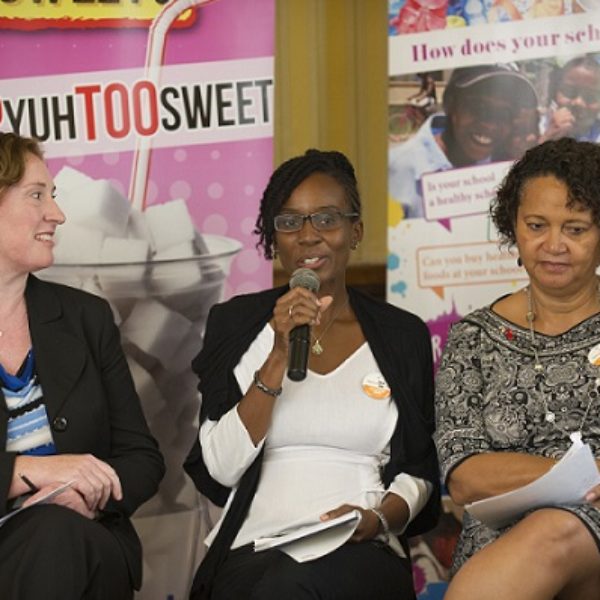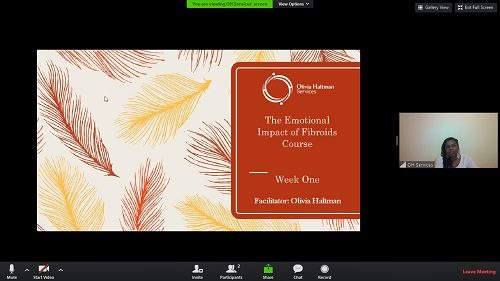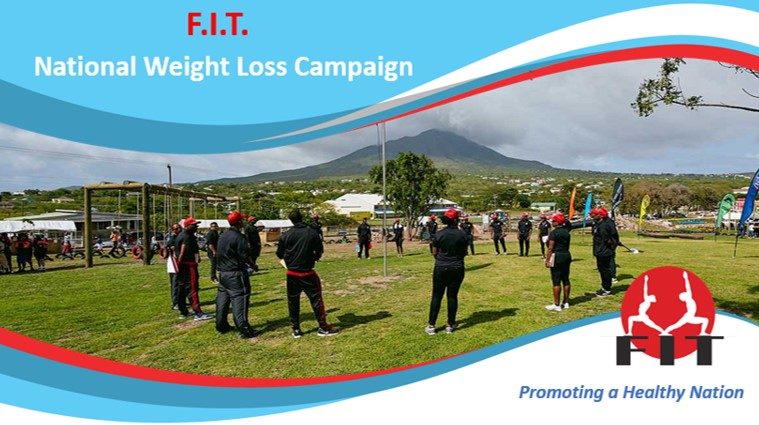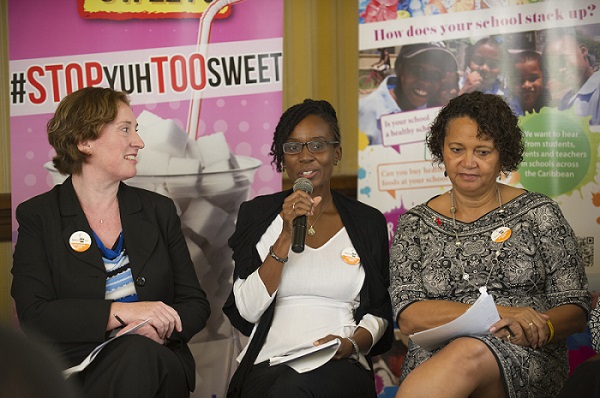OH Services’ Online Course Delves into the Emotional Impact of Fibroids
Back in 2013 we conducted a survey to understand the needs of women affected by fibroids. As we conducted this survey, we kept hearing very strong words and phrases describing how living with fibroids was affecting the mental health of women.
“I have hated life at times because of fibroids. I feel like I am being punished for something.”
“Depression from feeling that my only options were drugs or surgery”
“Fear of not being able to have children”
“Just a constant fear of what they could become”
As a result of this we started to explore this issue further by speaking to women who attended our fibroids awareness events and soon realised that this was a much wider problem. To compound this issue there was little information available, at the time, about the emotional impact of fibroids and no services to support women with fibroids in addressing these issues.
So, we decided to reach out to counsellor, Olivia Haltman, the founder of OH Services to speak at our Fibroid Focus event, a conference we held in 2016 for women with fibroids.
Olivia gave an excellent presentation that explored the emotional impact of fibroids explaining how fibroids can affect not just women’s physical health but their mental health too. The reaction from women after her presentation was profound, a stunned recognition that:
- Other women feel the way I do
- What I have been feeling isn’t trivial
- Someone articulated exactly how I was feeling in a way that I never could
- There is a way to address this aspect of my experience with fibroids
Following this event OH Services began work on developing their first 4-week online course on the emotional impact of fibroids. Not only was it a first for them but, to our knowledge, it is the first ever course on this topic. This course was launched in November 2018 and we had the pleasure of attending.
Over the 4 weeks OH Services created a safe space for women to come together to discuss the emotional impact of fibroids. As we listened to the discussion, we realised this was the first time that attendees were exploring this side of fibroids, and it was challenging. They were given the opportunity to reflect and explore their emotions and how these have been impacted by their experience with fibroids.
Ms Haltman explained with some clarity what specific emotions many women feel categorising them into the emotions that women may experience before and after a diagnosis, as well as some general emotions.
We learnt of the fear, anxiety and uncertainty that can occur in the lead up to a diagnosis which is particularly significant as many women with fibroids have symptoms weeks, months and sometimes years before receiving a confirmed diagnosis.
We also learnt of the emotional toll that managing symptoms such as pain, heavy bleeding and anaemia can have on a woman’s quality of life, affecting her personality, relationships, effectiveness at work and restricting the activities she can participate in.
Ms Haltman also described the difficulty of having to deal with treatment decisions, the potential of a loss of fertility and the possibility of a recurrence after treatment.
The discussions during this course were insightful and thought-provoking and to ensure that participants made the most of each session, participants were given activities after each session to consolidate their learning.
The course ended on a positive note, one of hope and sisterhood with Ms Haltman taking participants through methods and techniques to address these emotions and start a self-development journey.
We really liked that the way this course was delivered. It was interactive and practical with participants being split up into groups to share experiences and explore specific topics. Also, the homework ensured that what was learnt in each session was explored further and applied immediately.
This course fills a huge gap and we believe it is much-needed so that women with fibroids have the support they need. Therefore, we highly recommend this course to anyone who has been affected by fibroids or is supporting a friend, family member or client with fibroids.
The next course starts on 6th March at 7pm UK time and you can register online here or for more information you can email ohservices@counsellor.com
More Resources and Information
- Fibroids and Your Mental Wellbeing – a fact sheet by Lake Health and Wellbeing and OH Services
- OH Services – Improving the Mental Wellbeing of Our Community
- Podcast: We Talk to Olivia Haltman About the Emotional Impact of Fibroids
- OH Services Starts an Online Forum for Women With Fibroids



















